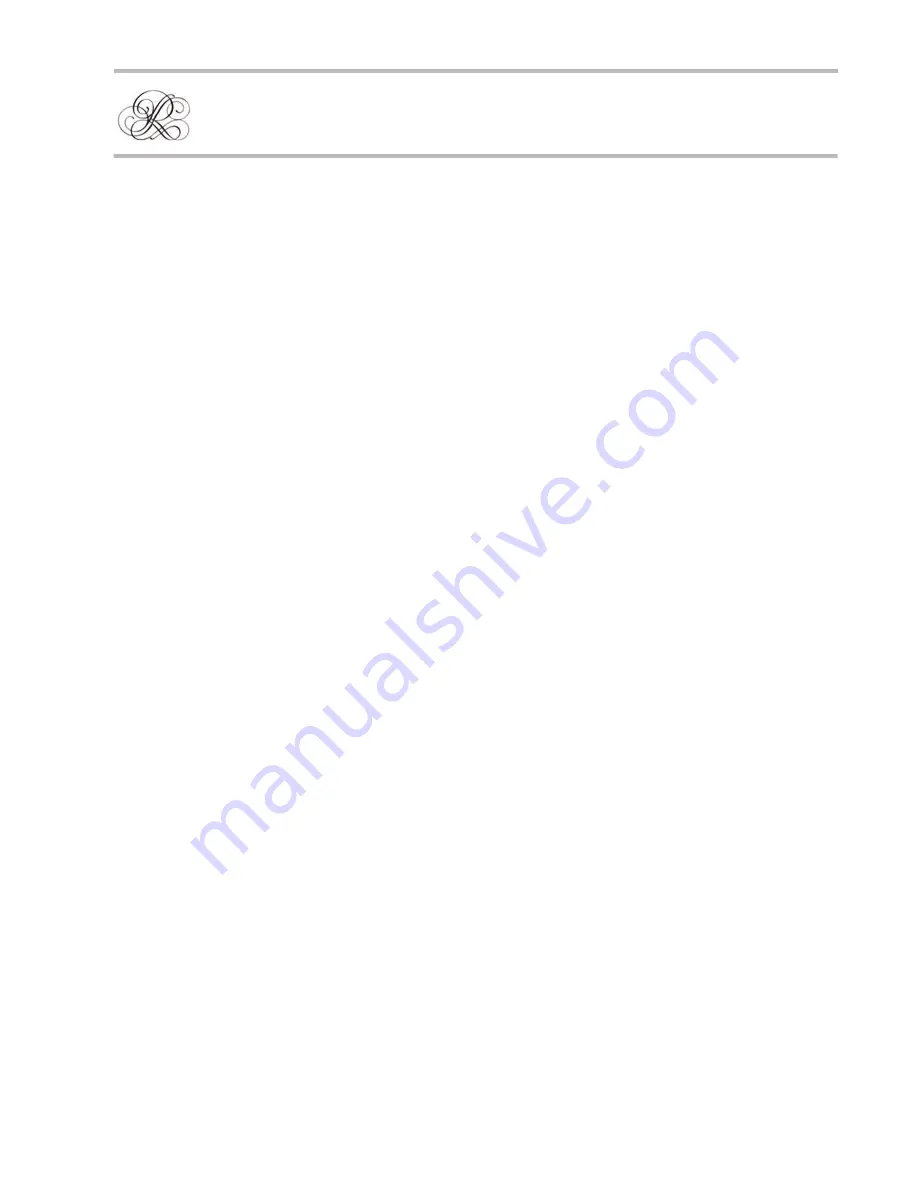
MR-200 – Owner’s Manual
11
Quick tour
What is the MR-200?
Before explaining how to work with your
MR-200, let us briefly look at what it is and
does. The MR-200 is a “
MIDI sequencer
”. That
term refers to two things: to the MIDI standard,
and the fact that it allows you to create
sequences.
Concept
Though the MR-200 is as user-friendly as a
tape or MD recorder, it is based on an entirely
different concept.
It does not record the audio
information of what you play
. In a way, the
MR-200 is an electronic piano roll: it only reg-
isters “events” (the digital equivalents of punch
holes), whose position and distance specify
when the notes are to be played. The sequencer
as such (being the “digital paper roll”) cannot
sound what you record – you need an instru-
ment with a tone generator (a “digital pianola”)
for that. The MR-200 must therefore be con-
nected to an electronic sound source, like a
Rodgers organ, etc., before starting playback.
What does it do?
The MR-200 only works with instructions, also
called “data”, “messages”, or “commands” – just
like a computer. Those instructions are gener-
ated by your playing on an external keyboard.
Whenever you press a key or pedal, your organ
(or other MIDI instrument) sends a message
that translates what you just did (“start sound-
ing a C4 now”, “stop sounding the C4 now”,
etc.). This is possible thanks to a common lan-
guage for musical applications, which is called
“
Musical Instrument Digital Interface
”, or
“
MIDI
” for short. MIDI has a lot in common
with the internet: you can to link one or many
instruments to one another via a cable (but you
don’t need a telephone line), and you need two
machines that speak and understand the same
language.
In the same way you need to save your letters,
scores, and other files before switching off your
computer, you must
save your MR-200 record-
ings
before switching it off.
To play back a song you recorded a while ago,
you must first open it (load the file from floppy
disk). You may very well be able to take the
floppy disk to a friend’s house and to use his/
her computer as playback device – provided
that computer is fitted with a floppy disk drive
and contains a software program that allows
you to play back MIDI files (most computers
do). If that computer contains a sound card,
you will be able to hear your music. Be aware,
however, that the sound card may use slightly
different sounds, and contain a different sound
engine, so that your music does not sound
exactly
like when you recorded it. And if you
use a different sound source during playback,
your music sounds different as well. But it is
usually fairly close.
Advantages of a MIDI sequencer like your
MR-200
As stated above, the MR-200 records your play-
ing as a series of isolated instructions (“punch
holes”) rather than sounds. Their chronologi-
cal order is correct, and so the instructions
(re)produce your music the way you played it
whenever they are sent back to your organ and/
or an external sound module. This approach
offers the following advantages:
• The playback tempo can be changed with-
out affecting the music’s pitch (this allows
you to record at a slower tempo than the
one you will be using during playback);
• You can change (“transpose”) a recorded
piece without affecting its tempo;
• You can repeat the desired passage over and
over using the REPEAT function.












































